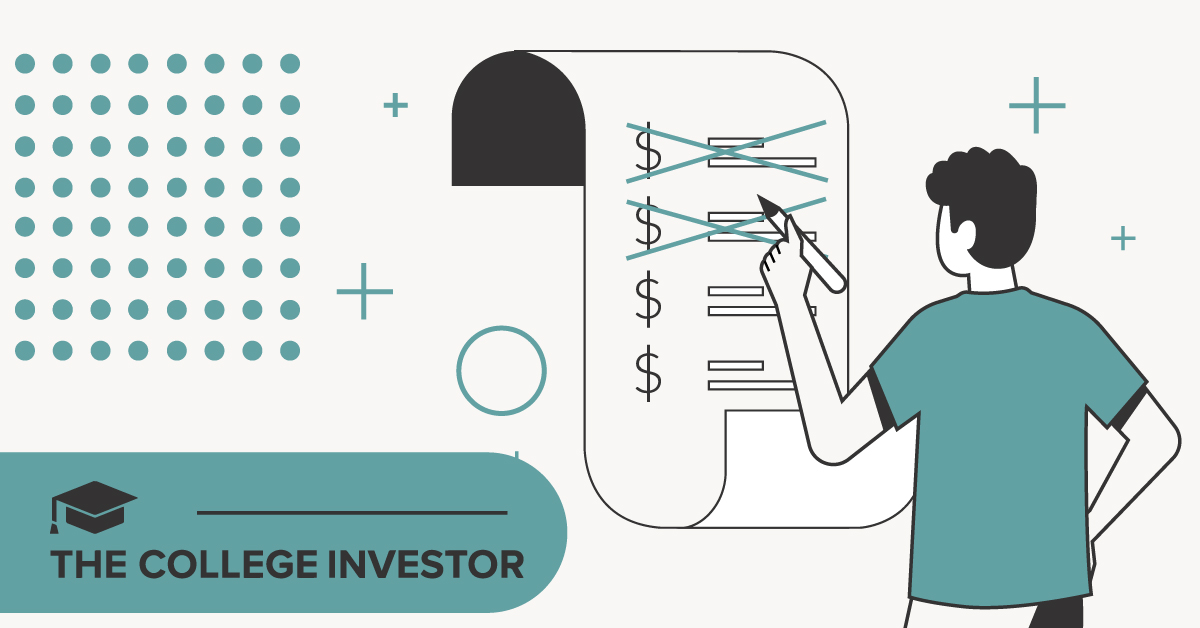
There are a variety of programs that can provide non-profit student loan forgiveness for individuals working for a 501(c)(3) or other nonprofit organization.
By participating in these programs, eligible borrowers can have their student loans forgiven or significantly reduced after meeting specific requirements. However, the onus is always on the borrower to make sure they find, apply, and maintain eligibility for these programs.
Here’s what you need to know about the different ways to get nonprofit student loan forgiveness.
Public Service Loan Forgiveness (PSLF) Program
The Public Service Loan Forgiveness (PSLF) program is the primary loan forgiveness option for nonprofit employees. Established by the U.S. Department of Education, the PSLF program forgives the remaining balance on Direct Loans after 120 qualifying monthly payments under a qualifying repayment plan while working full-time for a qualifying employer.
Eligibility Requirements For PSLF
To be eligible for PSLF, you must meet 4 main criteria to qualify
Direct Loans: Only federal Direct Loans qualify for PSLF. If you have other federal loans, you can consolidate them into a Direct Consolidation Loan to become eligible.
Repayment Plan: You must be enrolled in an Income-Driven Repayment (IDR) plan, which bases your monthly payments on your income and family size.
Full-Time Employment: You must work full-time for a qualifying employer. Full-time is defined as meeting your employer's definition of full-time or working at least 30 hours per week, whichever is greater.
120 Qualifying Payments: You must make 120 qualifying monthly payments under your IDR plan while employed full-time by a qualifying employer. Payments must be made on time and in full.
Qualifying Employers
Eligible employers for PSLF include:
- Government organizations (federal, state, local, or tribal)
- Tax-exempt, not-for-profit organizations under Section 501(c)(3) of the Internal Revenue Code
- Other types of nonprofit organizations that provide qualifying public services
See our full list of qualifying jobs for PSLF.
How to Apply for PSLF
If you’re interested in applying for a PSLF, take the following steps:
Complete the Employment Certification Form (ECF): Submit the ECF annually or whenever you change employers to ensure you're on track for PSLF. You can use the PSLF Help Tool now to do this electronically and even ask your employer to e-Sign as well.
Track Your Progress: Monitor your qualifying payments and employment status through your loan servicer’s portal - which will eventually be MOHELA once you submit your first ECF.
Apply for PSLF: After making 120 qualifying payments, submit the PSLF application to request forgiveness. Continue making payments until your application is approved.
Income-Driven Repayment (IDR) Plans
Enrolling in an IDR Plan is essential for PSLF eligibility, but all IDR plans also include student loan forgiveness on their own as well.
There are four IDR plans available:
1. Income-Based Repayment (IBR): Monthly payments are set at 10-15% of your discretionary income, depending on when you first received your loans.
2. Income-Contingent Repayment (ICR): Monthly payments are the lesser of 20% of your discretionary income or the amount you would pay on a 12-year fixed repayment plan, adjusted for income.
3. Pay As You Earn (PAYE): Monthly payments are set at 10% of your discretionary income, with a maximum of the 10-year Standard Repayment Plan amount.
4. Revised Pay As You Earn (REPAYE): Monthly payments are set at 10% of your discretionary income, with no maximum payment cap.
All IDR plans will forgive student loans after 20 or 25 years, depending on when your loan was originated. This can be a helpful backup plan if PSLF doesn’t work out or you leave public service before reaching 120 payments.
Additional Nonprofit Loan Forgiveness Options
Aside from PSLF, there are other nonprofit loan forgiveness options to consider:
Teacher Loan Forgiveness: Teachers working in low-income schools or educational service agencies may qualify for up to $17,500 in loan forgiveness. Find out more loan forgiveness programs for teachers here.
Nurse Corps Loan Repayment Program: Registered nurses, nurse practitioners, and nurse faculty members may receive loan repayment assistance in exchange for working in underserved communities.
National Health Service Corps (NHSC) Loan Repayment Program: Health professionals in eligible disciplines may receive loan repayment assistance in exchange for providing services in Health Professional Shortage Areas (HPSAs).
See our full guide to student loans by state to see what options may be available in your area.
Maximizing Your Loan Forgiveness Potential
To make the most of nonprofit student loan forgiveness programs, follow these tips:
Stay Informed: Keep up-to-date with changes to student loan forgiveness programs and policies. This is especially important given the PSLF and IDR waivers that currently exist.
Keep Accurate Records: Maintain thorough documentation of your employment, loan payments, and correspondence with loan servicers. If you mail in forms to your loan servicer, always keep the originals!
Consider Consolidation: If you have non-qualifying federal loans, consolidate them into a Direct Consolidation Loan to become eligible for PSLF.
Seek Professional Guidance: Consult with a student loan expert or financial advisor to ensure you're on the right path to maximize loan forgiveness. You can use a service like Student Loan Planner to help you navigate your options.
Final Thoughts
Nonprofit student loan forgiveness programs, such as PSLF, offer significant financial relief for those working in the nonprofit sector.
By understanding the eligibility requirements, enrolling in the right repayment plan, and diligently tracking your progress, you can successfully navigate the path to loan forgiveness and alleviate the burden of student debt.

Robert Farrington is America’s Millennial Money Expert® and America’s Student Loan Debt Expert™, and the founder of The College Investor, a personal finance site dedicated to helping millennials escape student loan debt to start investing and building wealth for the future. You can learn more about him on the About Page or on his personal site RobertFarrington.com.
He regularly writes about investing, student loan debt, and general personal finance topics geared toward anyone wanting to earn more, get out of debt, and start building wealth for the future.
He has been quoted in major publications, including the New York Times, Wall Street Journal, Washington Post, ABC, NBC, Today, and more. He is also a regular contributor to Forbes.
Editor: Claire Tak Reviewed by: Chris Muller